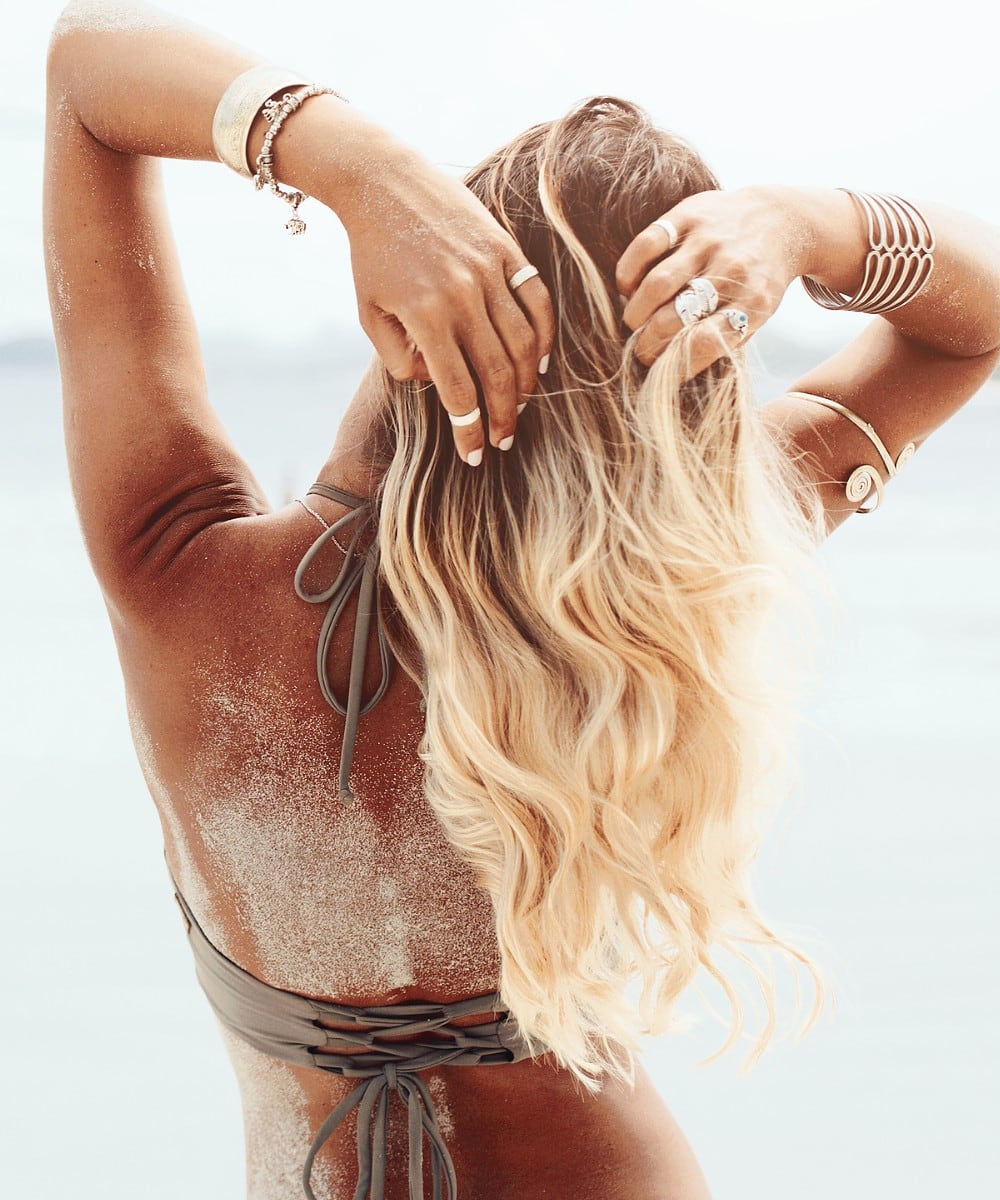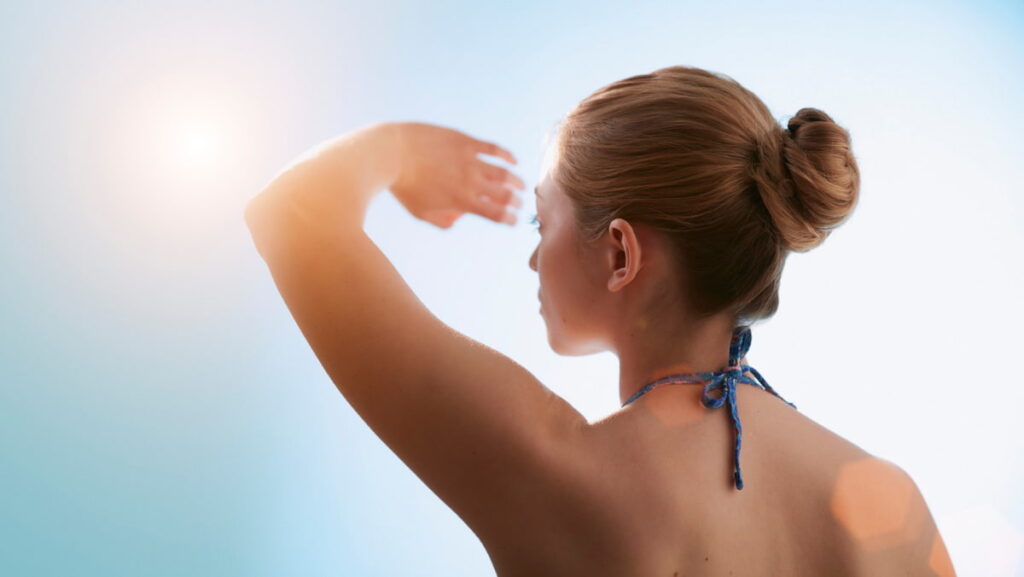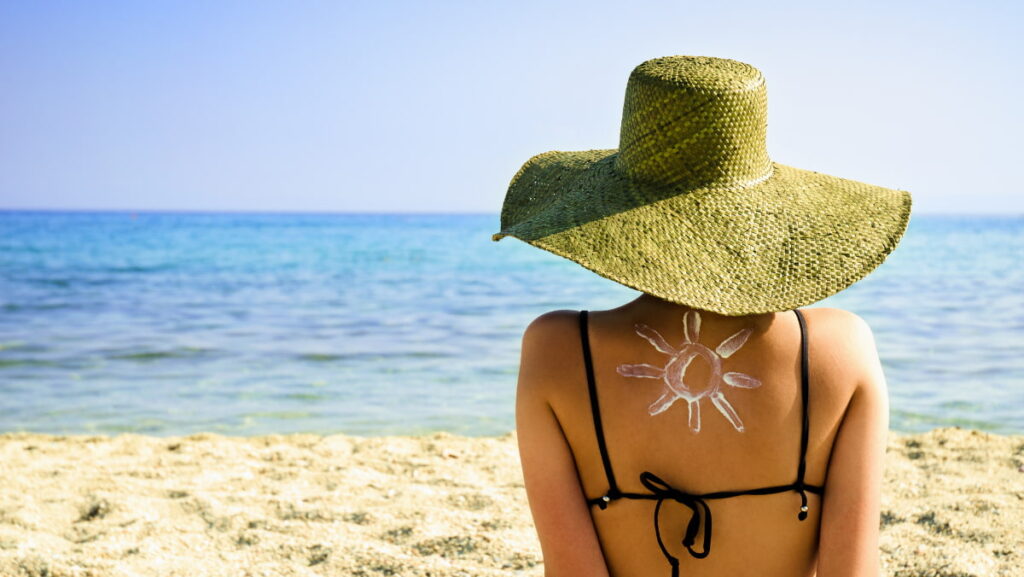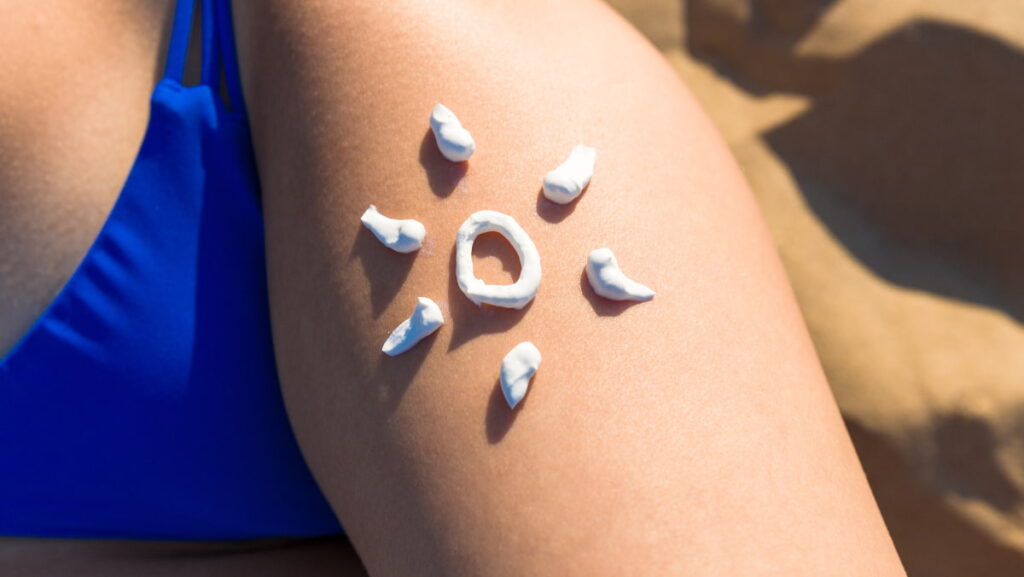
Are you tired of constantly questioning the safety of your tanning routine? Have you ever wondered what UV index is best for tanning and achieving a beautiful, golden glow without damaging your skin?
The abundance of conflicting information regarding sun exposure and skin damage can be overwhelming, but fear not!
I am here to reveal the secrets of finding the ideal UV index for tanning, ensuring that you not only look great but also keep your skin safe and healthy.
What UV Index Is Best For Tanning? Uncover The Secrets
What Is UV Index?

The UV index measures the amount of ultraviolet radiation from the sun that reaches the Earth’s surface. It is used to determine how intense sun exposure may be during outdoor activities and when protective measures should be taken. The index ranges from 0 (low) to 11+ (extreme).
Ultraviolet rays, or UV radiation, are invisible electromagnetic waves emitted by the sun that can cause damage to human skin if exposed for too long without adequate protection.
Some example of what happens when over-exposure occurs, and no precautions have been taken, is sunburns (up to a third-degree), premature aging of the skin, and even skin cancer.
This is why it’s important to understand your local area’s UV Index reading so you know when it’s safe and appropriate to enjoy some sunshine!
UV Index readings vary depending upon location, season, day of the week, and time of day, as well as cloud cover and ozone levels in the atmosphere.
If you plan on spending extended amounts of time outdoors during periods where there is high UV activity, then make sure you take steps such as:
- Wearing sunscreen with an SPF rating of 30 or higher;
- Wearing protective clothing such as wide-brimmed hats or sunglasses;
- Avoiding being out between 10 am – 4 pm when UV intensity peaks each day;
- Seeking shady areas whenever possible.
Taking these precautions will protect you and your skin now and in the future, so stay safe!
Understanding UV Exposure Levels
Ultraviolet (UV) radiation[1] is a form of light invisible to the human eye. UV rays are classified into three categories: UVA, UVB, and UVC.
Although all three types can cause skin damage, it is the UVA and UVB rays that have the greatest impact on humans.
UVA rays penetrate deep into our skin’s dermis layer, causing premature aging, such as wrinkles, age spots, and even some types of skin cancer.
The amount of exposure to this type of radiation really depends on how much time you are spending in direct sunlight, whether you used sunscreen or not, and the extent of your clothing coverage.
UVB radiation affects the skin as it penetrates deeper than UVA rays when exposed for long periods of time at lower levels of radiation.
This can lead to damage on the outer layer of the skin, like sunburns that lead to blistering and redness of the skin, and in more extreme cases, can lead to certain forms of skin cancer if no precautions have been taken. SPF 30+ and clothing that covers the arms, legs, and face will greatly decrease the risk of harm for you.
Estimating Skin Type and Tanning Ability
When it comes to tanning and understanding your skin type, there are a few important factors to consider.
The Fitzpatrick scale[2] is the industry standard for determining one’s skin type; this scale considers skin color, eye color, and hair color to classify an individual as having either fair or dark skin.
Additionally, individuals with darker complexions tend to have more natural protection from the sun than those with lighter complexions.
Another key factor when estimating an individual’s tanning ability is how often they spend time outdoors without any form of UV protection, such as sunscreen or protective clothing.
You need to ask yourself, do I get a sunburn every time I am outside? If the answer is yes, this can lead to long-term health issues due to over-exposure, and it is even more important for you to take precautionary steps, like sunscreen and wearing clothes that adequately cover your body and face.
In general, people with light complexions should limit their exposure times during peak hours when the sun is strongest (10 am – 4 pm), while those with darker complexions can stay out longer before needing sunscreen or some other form of protection from the elements.
Finally, it’s essential that everyone take into consideration their own personal history when it comes to spending time outdoors in the sun — both good experiences (tanning) and bad experiences (sunburn).
By learning from past behaviors, you’ll be better equipped to make informed decisions about how much exposure you’re comfortable with on any given day — whether that means wearing sunscreen daily or using it occasionally when UV index rates are higher.
Doing so can help keep you healthy while ensuring your tan looks great all summer!

What UV Index Is Best For Tanning?
When it comes to tanning, the UV index is a very important factor. The lower the UV index scale number, the less ultraviolet radiation from the sun reaches your skin. A reading of 0-2 indicates low risk; 3-5 is moderate risk; 6-7 is high risk; 8-10 is a very high risk, and 11+ is very dangerous.
If you’re after that sun-kissed glow without risking your skin’s health, you might be wondering: what is the best UV for tanning, or what good UV index is best for tanning?
A rating of 4 or 5 is generally perfect for getting a golden tan without burning to a crisp or putting yourself at risk of skin cancer. So don’t be a lobster – aim for that UV index sweet spot and get your tan on safely!
It’s also important to consider other factors when determining what level of UV exposure may be best for tanning purposes. Your skin type can play a significant role in how you handle UV exposure.
For example, if you have fair skin with light freckles and tend to burn more than tan, it may be best to avoid higher levels of UV exposure altogether to protect your skin.
On the other hand, those with darker complexions who tan easily can likely handle higher levels of UV exposure safely, though they should still be careful not to overdo it.
Using protective products like sunscreen and seeking shade when possible can help minimize the risks for all skin types.
Calculating the Optimal Tanning Time
Outdoor tanning is a popular pastime among people looking to get an all-over healthy glow. However, it’s important to remember that too much sun can be damaging and cause skin cancer or other skin issues.
The optimal tanning time will depend on several factors, including skin type, sensitivity to sunlight, and UV radiation strength for any given day. It’s always best to start with short amounts of exposure – 10 minutes or less – and gradually increase as your body becomes more accustomed.
To determine how long you should stay out each session, use sunscreen rated at least SPF 30 or higher with both UVA and UVB protection applied every two hours (or after swimming/sweating).
Moreover, pay attention to environmental cues such as outdoor temperature; if it’s hot enough for you to sweat, then there’s a good chance the UV index is high enough that additional precautions should be taken, such as seeking shade or wearing protective clothing like hats and sunglasses.
It is important to note that once you have started seeing results of your tan, try not to overdo your tanning time outdoors – 30 minutes or less is ideal.
Factors That Impact Your Tanning Plan
There are several factors to consider when planning your tanning routine. The time of year and weather conditions can greatly influence how much time you should spend in the sun and what is safest for you.
For example, during summer months with longer days and more intense rays, it’s important to be extra vigilant about limiting exposure—especially between 10 am and 4 pm when UV radiation levels peak.
Skin type is also an important factor. According to the Skin Cancer Foundation[3], individuals with lighter skin should limit their sun exposure.
In comparison, those with darker skin may spend more time out in the sun without increasing the risk of burning or overexposure.
Moreover, if you take any medications, check with your doctor or pharmacist before entering the sun.
Some medicines increase sensitivity to sunlight, which could lead to burns or other damage from too much UV ray exposure.
Finally, location matters when deciding on a tanning plan! If you live closer to the equator, where UV rays are stronger, pay close attention to advice regarding protective clothing and sunscreen lotions, as you’re more likely to need them.
On the other hand, if you are further away from the equator and tropical climates, you may be in a better position to spend more time building your tan, as this is where you have UVB rays.

Protective Measures for Healthy Sun Exposure
Sun exposure is essential for our health, but too much can be damaging. The best way to enjoy the sun safely and maintain healthy skin is by taking protective measures to limit its harmful effects.
One of the most important things we can do to protect ourselves from UV rays is to wear sunscreen with an SPF of 30 or higher.
Great non-sticky and non-sticky sunscreens with at least SPF 40 to consider:
Broad-spectrum sunscreen should be applied generously 15 minutes before going outdoors and then reapplied every two hours, especially after swimming or sweating. It’s also a good idea to avoid prolonged sun exposure during peak hours when the UV radiation is strongest.
As well as wearing sunglasses that provide UVA/UVB protection and wide-brimmed hats that shade your face, neck, ears, and scalp whenever possible while out in the sunlight.
Clothing also plays an important role in protecting us from ultraviolet (UV) radiation by functioning as a protective barrier and acting like another layer of skin; tightly woven fabrics, such as denim, block more UV light than loosely knit clothes like linen or cotton t-shirts, which offer minimal defense against solar radiation. Choose accordingly!
Also, wearing lighter colors is better at reflecting away UV rays. In contrast, darker shades absorb UV rays, making them less ideal for long periods spent outdoors under direct sunlight—so don’t forget those cool shades!
By following these simple tips, we can all ensure safe & healthy levels of sun exposure throughout the summer days & beyond
- Remember your hat & glasses;
- Apply broad-spectrum sunscreen frequently;
- Choose properly fitting clothing that blocks UV light;
- Stay aware of peak times when the strength of solar radiation increases;
- Stay mindful about how much time you spend exposed to direct sunlight daily.
Taking proactive steps now will help guarantee healthier skin later on down the line – allowing everyone to enjoy outdoor activities without worrying about the potential harm caused by too much unprotected sunshine!
A Wrap-Up Of What UV Index Is Best For Tanning
Determining the best UV index for tanning is a personal choice and depends on individual skin type. The most effective method to ensure safe tanning is to start off slowly with short exposure periods at lower levels of the UV index, gradually increasing intensity and duration as your body adapts. You can also check the weather network in your area, as they always list the UV Index for that day.
It’s important to remember that even when you have reached your desired level of tanned skin, you should still wear sunscreen and protective clothing during extended periods in the sun.
Everyone should be aware of their own limits when it comes to sun exposure. This way you can enjoy all of its wonderful benefits without damaging your health.
Taking these precautions will help prevent any potential risk associated with overexposure or burning from too much time in the sun.
So get out there, enjoy that sunshine, and get that beautiful golden tan you have always dreamed of!
